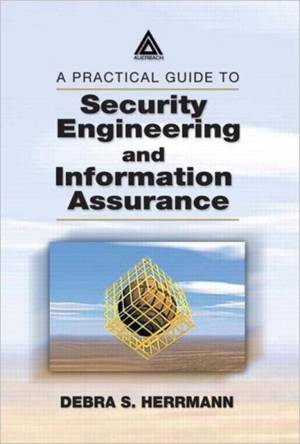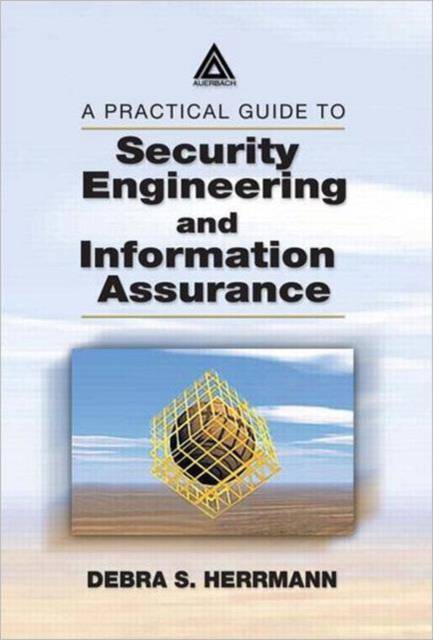
- Retrait gratuit dans votre magasin Club
- 7.000.000 titres dans notre catalogue
- Payer en toute sécurité
- Toujours un magasin près de chez vous
- Retrait gratuit dans votre magasin Club
- 7.000.0000 titres dans notre catalogue
- Payer en toute sécurité
- Toujours un magasin près de chez vous
A Practical Guide to Security Engineering and Information Assurance
Debra S Herrmann
Livre relié | Anglais
228,95 €
+ 457 points
Format
Description
Today the vast majority of the world's information resides in, is derived from, and is exchanged among multiple automated systems. Critical decisions are made, and critical action is taken based on information from these systems. Therefore, the information must be accurate, correct, and timely, and be manipulated, stored, retrieved, and exchanged safely, reliably, and securely. In a time when information is considered the latest commodity, information security should be top priority. A Practical Guide to Security Engineering and Information Assurance gives you an engineering approach to information security and information assurance (IA). The book examines the impact of accidental and malicious intentional action and inaction on information security and IA. Innovative long-term vendor, technology, and application-independent strategies show you how to protect your critical systems and data from accidental and intentional action and inaction that could lead to system failure or compromise. The author presents step-by-step, in-depth processes for defining information security and assurance goals, performing vulnerability and threat analysis, implementing and verifying the effectiveness of threat control measures, and conducting accident and incident investigations. She explores real-world strategies applicable to all systems, from small systems supporting a home-based business to those of a multinational corporation, government agency, or critical infrastructure system. The information revolution has brought its share of risks. Exploring the synergy between security, safety, and reliability engineering, A Practical Guide to Security Engineering and Information Assurance consolidates and organizes current thinking about information security/IA techniques, approaches, and best practices. As this book will show you, there is considerably more to information security/IA than firewalls, encryption, and virus protection.
Spécifications
Parties prenantes
- Auteur(s) :
- Editeur:
Contenu
- Nombre de pages :
- 408
- Langue:
- Anglais
Caractéristiques
- EAN:
- 9780849311635
- Date de parution :
- 18-10-01
- Format:
- Livre relié
- Format numérique:
- Genaaid
- Dimensions :
- 184 mm x 261 mm
- Poids :
- 911 g

Les avis
Nous publions uniquement les avis qui respectent les conditions requises. Consultez nos conditions pour les avis.






